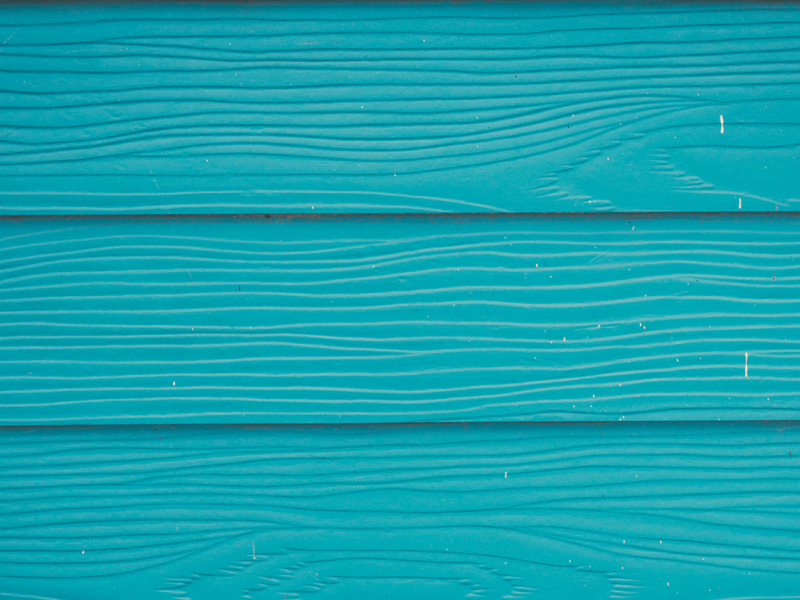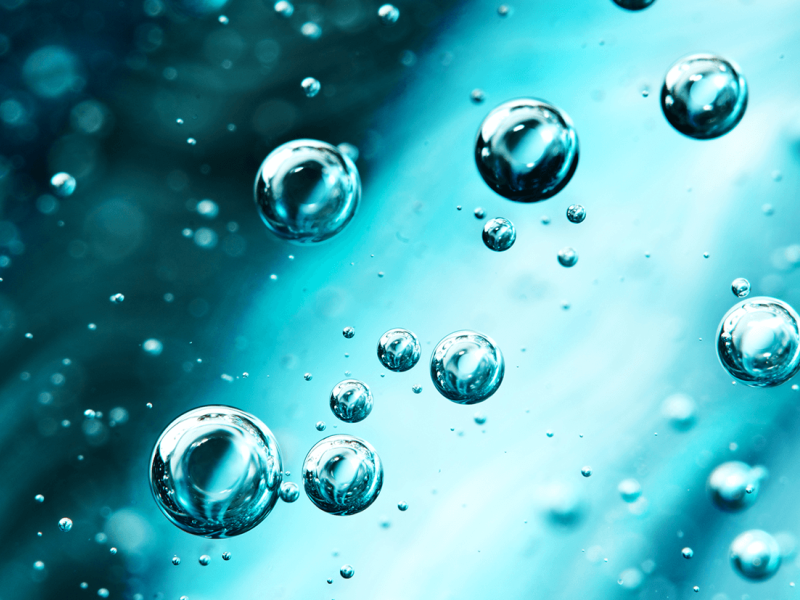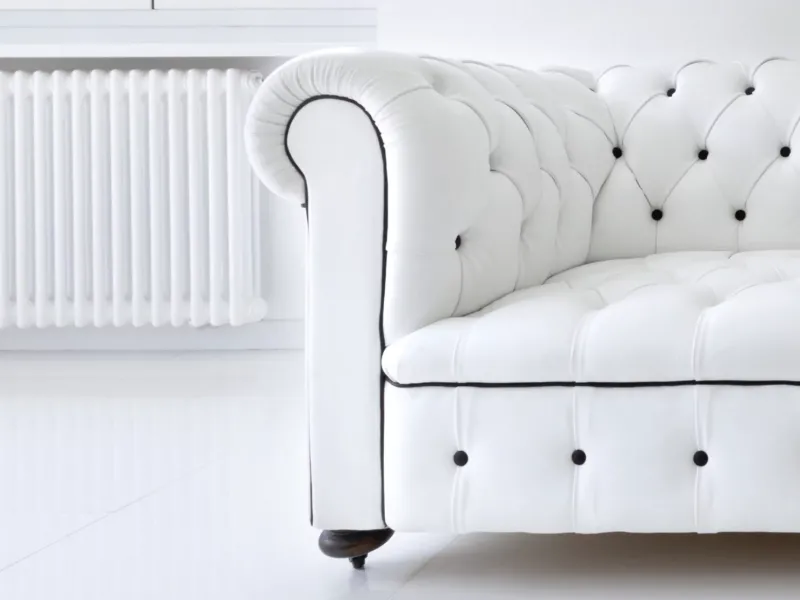Ultrafine titanium dioxide
Ultrafine i.e. nano titanium dioxide has no pigment properties, as the particles become transparent due to their small size of < 100 nm and as such offer completely new performance properties. UF TiO2 is used in a variety of applications related to solutions and improvements mainly in the fields of human health, environment and sustainability, thus contributing to a higher quality of life.
Send inquiryAbout ultrafine TiO2
We produce ultrafine i.e. nano TiO2 suitable for 2 different applications, as a photocatalyst and as a UV absorber. All types of UF TiO2 are produced in a stabilised aqueous suspension. The production process of UF TiO2 is set in such a way that throughout all production phases the material is exclusively in aqueous suspension, without an intermediate dry phase, thus avoiding a negative impact on the environment and humans (dust/emission of nanoparticles).
The company has strategically focused on the production of UF TiO2 exclusively in suspension form, and has therefore developed synthetic processes for the production of anatase and rutile, without an intermediate dry phase. This decision is based on the control of fine particles remaining in suspension and on the concern for healthy working conditions for employees and users. With our synthesis processes, we manage the reaction mechanisms in a way that allows us to control the most important characteristics of the UF particles, namely particle size, surface finish and crystallinity, which allows us to tailor the characteristics of the UF TiO2 particles to best suit the aforementioned high-tech applications.
Pigmented TiO2 is a white pigment with a particle size between 200-350 nm. It is used to optimise the scattering of visible light and to achieve opacity. It protects materials from light and weathering, while offering exceptional lightening power and coverability. And for UF TiO2, the particle size is <100 nm. Particles of this size lose their pigment properties and become transparent, while still allowing UV absorption. UF TiO2 offers completely different solutions and is suitable for a wide range of applications such as UV absorbers, photocatalysts, catalysts, DSSCs, etc.
When the UF TiO2 particles are exposed to light, a photocatalytic reaction takes place. The light stimulates the photocatalytic properties of the material. The mechanism of reaction in contact with light makes the surface of the particles oxidative. During the process free radicals are formed, and as such decompose hazardous organic pollutants (e.g. VOCs), NOx, SOx ... into non-hazardous components, such as CO2, H2O... and thus reduce air and surface pollution.
Due to the dispersed use of UF TiO2, it is a relatively new field, focused on sustainable solutions for a healthier and cleaner environment. Photocatalytic actions of UF TiO2 incorporated into end-use applications reduce indoor and outdoor pollution, in water and air, breaks down harmful organic volatiles compounds/e.g. VOCs and other pollutants, provides a self-cleaning effect, prevents the formation of algae and moulds, acts as an antiviral and antibacterial, thus improving the quality of life and environmental conditions.
The best-known property of the rutile form of UF TiO2 is its resistance to UV light. The basic, primary UF TiO2 rutile that is not surface treated and doped still exhibits a fraction of photocatalytic activity. Stopping and preventing the photocatalytic activity of the rutile/UV absorbers is achieved by surface treatment as well as doping, which in turn increases their UV light absorption and thus makes them outstanding UV absorbers..
Sustainability
For a healthier and cleaner environment
In conjunction with the need to implement the principles of sustainable development and the intensive increase in the development of modern technologies, the use of UF TiO2 is gaining increasing importance and application. Applications involving photocatalysis effectively improve the quality of living conditions and reduce pollution by the principle of decomposition of hazardous substances into non-hazardous ones (physical reaction).
Reducing pollution
The photocatalytic action of UF TiO2 effectively reduces pollution, i.e. it breaks down organic pollutants, exhaust gases, nitrogen oxides, sulphur oxides, organic volatiles compounds/VOCs, prevents the formation of mould, algae and micro-organisms, has antiviral and antibacterial properties, neutralises unpleasant odours and is self-cleaning. UF TiO2 can be incorporated into various end-products such as paving, concretes, roof tiles, façades, wall paints, various surface coatings, wood lazures, textiles (towels, sportswear, etc.), etc.
Antiviral and antibacterial effect
One of the many effects of photocatalysis is its antibacterial and antiviral action, which prevents the formation and multiplication of micro-organisms, thus reducing the possibility of allergic reactions. Did you know that more than 90% of towels are contaminated with various types of bacteria? That they are an ideal breeding ground for the spread of bacteria and viruses that can cause allergies and other illnesses? Applications containing photocatalytic UF TiO2 offer a solution to prevent the spread of various viruses. UF TiO2 has also been scientifically proven to successfully degrade and prevent the spread of COVID-19.
Extending the life of wood – reducing deforestation
Using UV absorbers in wood lazures protects wood from dangerous UV rays that destroy/accelerate the deterioration and decay of wood. UV absorbers preserve wood and extend the life and usability of wooden elements. In this way, we have an impact on reducing the market's need and demand for wood i.e. wood products and, consequently, deforestation and tree felling.
We produce the following types of UF TiO2
Industries & applications
Contacts







